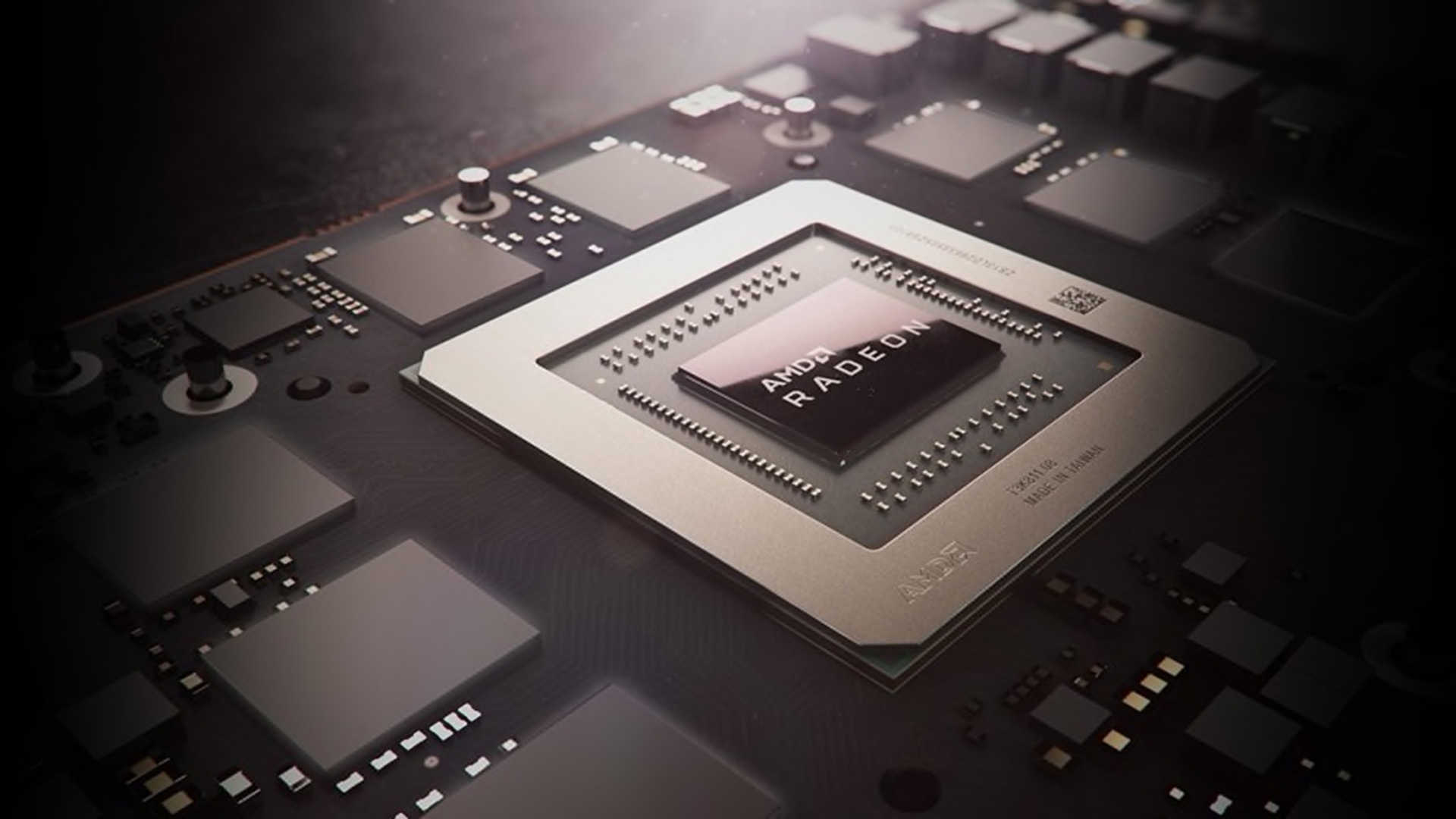

AMD did something rather peculiar at the E3 Gaming show when they announced details about the graphics cards that would use their new 7nm Navi graphics chip.
As we reported at the time RX 5700 would be priced at US$379, the more powerful RX 5700 XT would cost US$449 and a special AMD Anniversary Edition of the XT would be priced at US$499. The problem was that AMD also telegraphed the size of the Navi die, the number of shaders, the base, operating and boost clock speeds, the amount of memory, the bandwidth of the memory controller and the power rating of each graphics card.
It was crystal clear to all interested observers that RX 5700 should be able to comfortably beat Nvidia RTX 2060, while the RX 5700 XT would go head-to-head with RTX 2070. AMD had nothing in the line-up that might compete with RTX 2080 or 2080 Ti so this was strictly a fight for the middle ground.
The level of information shared by AMD made the situation clear to tech journalists and reviewers, and you can be certain that Nvidia had all the information they required to plan the next few months of sales. The most simple approach for them was to do nothing as RTX 2080 was in a league of its own, while RTX 2070 and 2060 would be able to compete with RX 5700 XT and RX 5700 on a fairly level playing field.

Fabrication differences
AMD production costs for Navi are lower than Nvidia’s in part because AMD is using a smaller 7nm fabrication process than the 12nm used by Nvidia. Both processes come from TSMC so the numbers are directly comparable. In addition Nvidia RTX chips have an area that is dedicated to Tensor Cores and Ray Tracing which is technology that AMD has chosen to ignore in Navi. The fact that AMD has included a PCIe Gen 4.0 interface makes no difference to the size of the graphics chip and neither does it affect performance at the moment.
The result is that Nvidia’s TU104 used in RTX 2080 has an area of 545mm2 and the TU106 used in RTX 2070 and RTX 2060 is slightly smaller at 445mm2. AMD Navi is absolutely tiny by comparison and measures 251mm2. Die area is directly proportional to cost so Navi costs about half as much as TU106. The fact that AMD was looking to price RX 5700 XT at pretty much the same level as RTX 2070 suggested AMD’s priority was to maximise margins, even at the expense of losing some sales.
Nvidia isn’t in the business of cutting prices as that might set a nasty precedent so they came up with the idea of a mid-season refresh for Turing with the launch of three Super graphics models. Each Super comes in at the price of the existing non-Super model to deliver more performance at the same price while non-Super graphics cards head to the silicon scrapyard in the sky.
RTX 2060 Super uses the same TU106 as RTX 2060 with 13 percent more CUDA cores/Tensor cores unlocked to deliver about 13 percent extra performance.
RTX 2080 Super gains a smaller 4 percent improvement in cores over the regular RTX 2080 which yields minimal extra performance. If you already own an RTX 2080 you would be crazy to buy the Super, however if you were in the market for an RTX 2080 and instead picked up a Super at the same price you would be perfectly happy to win a few extra percentage points of performance free of charge.
Things get interesting when we look closely at RTX 2070 and RTX 2070 Super which is the market segment where AMD Navi comes into play. RTX 2070 uses the TU106 chip with 2,304 CUDA cores so there is no scope to unlock any extra cores as they are all already being used. Nvidia’s approach was to use the bigger TU104 chip in RTX 2070 Super with 2,560 CUDA cores and to deliver around 11 percent more performance. This means RTX 2070 Super is effectively a junior RTX 2080 and looks like good value for money compared to RX 5700 XT.
AMD price drops
AMD responded by dropping the price of each of the Navi models by US$50 a handful of days before the launch of their new graphics chip which helped their cause. Initial reviews have been favourable to RX 5700 and XT even though these are reference designs with mediocre blower coolers. Performance has indeed worked out as we expected so RX 5700 is in the same ballpark as RTX 2070 and RX 5700 XT beats the RTX 2070 and falls short of RTX 2070 Super.
We have to hope that after-market Navi cards with superior coolers from the likes of Asus, Gigabyte, MSI and Sapphire deliver extra performance and/or lower temperatures however pricing plays a huge part in the equation. It is a real shame that AMD initially announced such high prices for Navi as they could have avoided the the US$50 price cut and could possibly have gone even further. As things stand our main concern is that after-market Navi graphics cards will be priced higher than reference designs. RX 5700 XT cannot compete with RTX 2070 Super unless it has a significant price advantage and in an ideal world AMD would cut a further US$50 from the price of Navi.
As things stand Navi has made a decent start but what we want to see next is a larger and more powerful 7nm graphics chip that can take the fight to RTX 2080 Super while also keeping prices reasonably low. Truth be told we don’t expect that will happen anytime soon but we continue to live in hope.
Tags: Technology


Comments